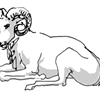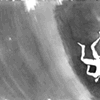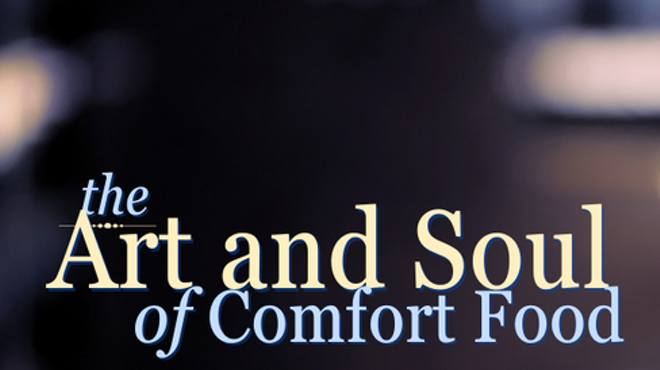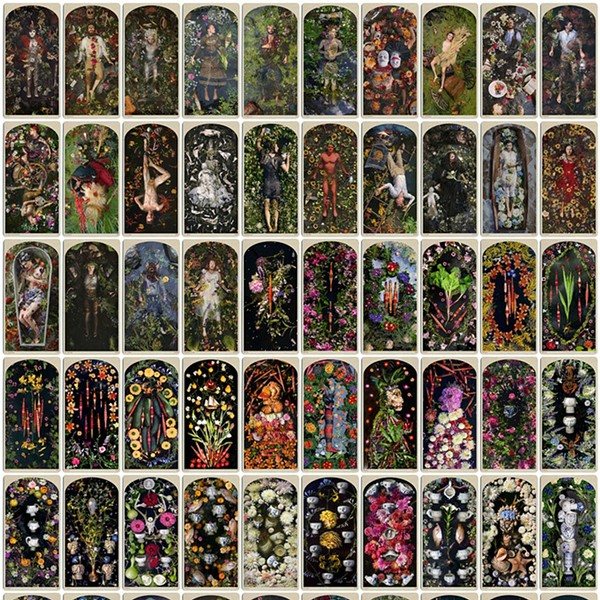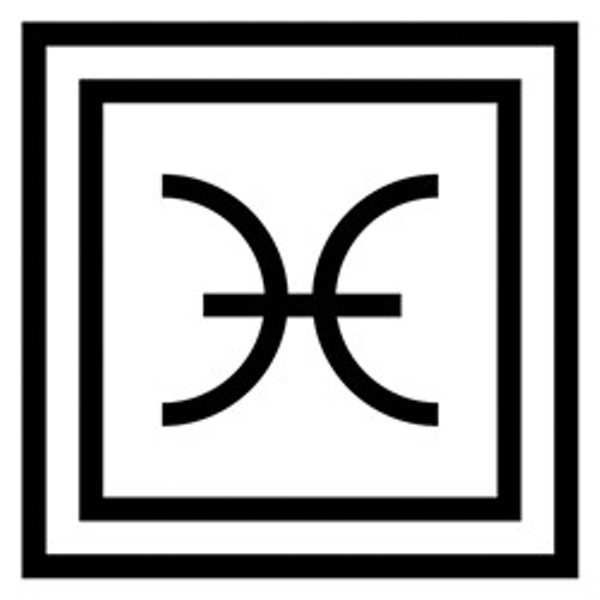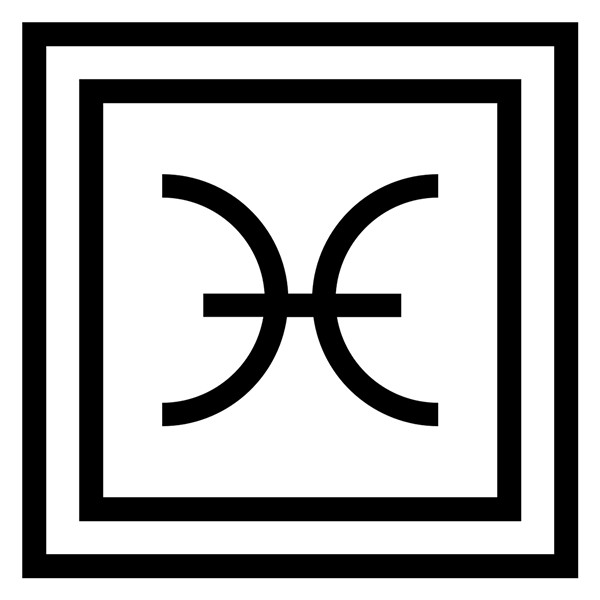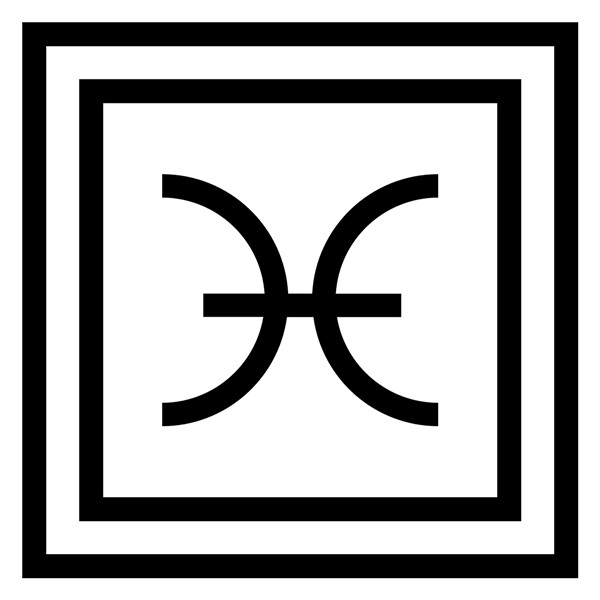Speaking of trumps, if you read tarot cards, it was difficult to miss the archetype of The Hanged Man.
This is probably the most perplexing card in the deck. To many, the symbol is more disturbing than Death or The Tower because it seems too hard to figure out, and feels so uncomfortable. The (exoteric, surface, or ordinary) energetic state is being suspended: waiting, not knowing, and having no control over a situation.
It’s not often that you turn on the television and see a direct reference to the tarot, but we all saw this symbol again and again. It is not often that an archetype reveals itself so vividly, with such incredible emphasis and such an ominous feeling. And I kept seeing that image and wondering, Okay, what next?
The card is associated with Neptune, and so it’s one of those “spiritual states,” which is a nice way of saying a test of patience or endurance, and also indicating a sacrifice of some kind, and we are seeing plenty of that lately. It is interesting that the next policy being used by George W. Bush to escalate the war in Iraq uses precisely that word—sacrifice. The service men and women who are being sent there to be shot at are human sacrifices; the Iraqis who die and lose children on a daily basis are human sacrifices; Saddam was killed as a sacrifice, as if in effigy, for all that has gone wrong.
All the human life being lost in Iraq is a sacrifice to the profits of the oil and arms industries.
Let’s look a little deeper into the symbol. In the tarot, The Hanged Man is trump 12, and it’s preceded by trump 11, Strength, also called Lust in some decks. This is the card with a woman spreading open the jowls of a lion, right at about waist level—she is, symbolically, spreading her vulva. The throat of the lion also indicates a gorge or abyss, from which life emerges, and into which life falls.
The Hanged Man is suspended, as if over an abyss, connected by a cord, reminiscent of the umbilical cord. It is followed (logically) by Death, trump 13. The Death card usually means a big change of some kind is imminent, and that a point of no return is approaching. It is symbolically the card of rebirth. So one of the messages of The Hanged Man is that a big change is about to happen. We were sent this message the last weekend of an extremely disturbing year, as if to sum up all that we have lived through, and to remind us of all we have ignored.
Two weeks later, coinciding with the hangings of two of Saddam’s codefendants, the United Nations reported that more than 34,000 Iraqi civilians had been killed in warfare in 2006, an average of 94 per day, and the US military death toll reached 3,000. It should send a chill down your spine every time a member of the Bush administration opens its mouth and says “democracy.”
It was some time after the hanging that it occurred to me another archetype was showing itself, a lesser-known one called Varuna. Varuna is an ancient Arian deity who was paired with the deity Mithra. They were part of the same idea, somewhat like Jesus and Mary.
Varuna is depicted in many ancient illustrations as being driven on a cart, bearing a hangman’s noose in his hand, though his face is not particularly menacing. In fact, it seems serene and pleasant, as if he were perfectly comfortable with the fate he is delivering, or the basic fact of which he is reminding us. Varuna was also the lord of waters, ruling over oceans, rivers, streams, and rains—those things which give us life, and which so easily take it.
In total, this is a rich image, evoking a bit of Pluto, some Neptune, some of the Hanged Man and his cousin, the hanging Nordic god Odin, a bit of The Chariot and a little Shiva for good measure. And we have some of Jesus, the most famous “hanging god” of our current era. The thing to remember is that Varuna is older than all of these other gods and symbols, and was for a brief eternity considered the supreme deity beyond it all—the very Heavens Himself. Yet Varuna (unlike Pluto or Shiva) is, in his essence, a creation deity. His function is to create, initiate, and renew life with his divine waters.
His mythological counterpart, Mithra, worked to actively hold society together by being the lord of agreements and contracts, which are so important to human coexistence. Mithra seems to be a kind of dharmic figure, focusing on right action rather than the consequences of bad faith. Varuna seems a bit more karmic, concerned with what we have done, and the consequences, but offering a warning for future action. The main drift of this pair was, You better keep your word and abide by your contracts, or the punishment is death.
Varuna is the name given to one of the newer planets orbiting our Sun, in 282 years, a little beyond Pluto (248 years) and not quite as far as Xena/Eris (557 years). Varuna was discovered in 2000, the last year of the millennium, so it carries the implications of that transition in its original coding. It was also given minor planet catalogue number 20,000, so both by discovery year and by identity, it reduces numerologically to 2, which translates to relationships.
The symbol of Varuna is that which is too large to comprehend. In this respect, it has some attributes of the 12th house and Pisces—overwhelming or incomprehensible aspects of life that act out of sight or in the deep background. When they rise to the surface, making a rare appearance, it’s good to notice.
One astrologer who has done some interesting work with Varuna is Juan Revilla of Costa Rica. In an e-mail conversation a few years ago, Juan explained to me his interpretation that Varuna is “behind everything”—a potent and ominous force lingering in the far reaches of our lives. Astrological associations noted by Revilla include the impersonal laws of nature (as opposed to human nature) and the incomprehensible cosmic order (as opposed to the order of society). Questions of the gain and loss of reputation, and the issue of immortality through fame, seem inevitable with this planet. Varuna (discovered in water sign Cancer, and still there) addresses the punishment of liars and those who violate contracts.
It is interesting that, later in history, Varuna was demoted from a supreme creation deity to one ruling a quadrant of the heavens, with the specific theme of water. Some astrologers thus feel he is the lord of “demotion,” though I prefer to think of him as the Equalizer.
So here, we have an interesting image of Saddam Hussein appearing in the form of Varuna. The last memorable appearance of this archetype was in the summer of 2005, when we had two Full Moons in Capricorn, at the midpoint of which was a New Moon in Cancer, conjunct Varuna, the karmic lord of waters with his noose.
Hurricane Katrina happened a few weeks later, and after that, Hurricane Rita. Thousands of Americans died, a vast region of the country was destroyed, and the government broke its contract with the people. I think it’s fair to say this was truly a low point not only in the Bush administration but also in our lifetimes and in the life of our nation. Any other president would have been tarred and feathered for such incompetence. But we have learned to set our standards so low with this presidency that such a catastrophe seemed normal.
Yet I don’t think we have seen the worst of the Bush years. Indeed, we are just getting warmed up. As senators lined up against his proposed escalation of the Iraq war in late January, Bush was adamant that he had the right to do whatever he wanted: send in as many troops as he wanted, threaten Iran if he wanted, and act against the wishes of Congress if he wanted.
My sense is that this is just a hint of the constitutional crisis to come, and Saddam’s death is an omen of precisely this. Bush came into office riding on a constitutional crisis, and he will most surely leave office on one. What is at stake is not this sorry person himself, but whatever integrity may remain of our system of governance, which was designed to be something better than monarchy and better than tyranny.
There is a famous story, told in 2000 by Rep. Ron Paul of Texas among many others, though I will quote from Rep. Paul’s speech, taken from the House of Representatives website.
“At the close of the Constitutional Convention in Philadelphia on September 18, 1787, a Mrs. Powel anxiously awaited the results, and as Benjamin Franklin emerged from the long task now finished, asked him directly: ‘Well, Doctor, what have we got, a republic or a monarchy?’ ‘A republic, if you can keep it,’ responded Franklin.”








